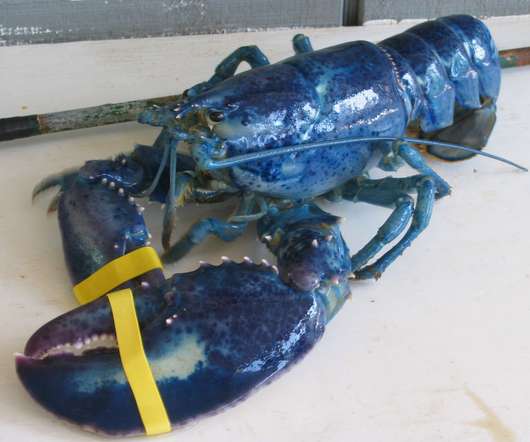Business Model Innovation Basics Series - Part 1: What is a Business Model?
The BMI Lab Blog
JUNE 29, 2022
2005) that the ´failure to adequately define the market is a key factor associated with venture failure´, we identify the definition of the target customer as one central dimension in designing a new business model. A business model innovation is defined as the conscious change of at least two dimensions of the introduced “Magic Triangle”.




























Let's personalize your content